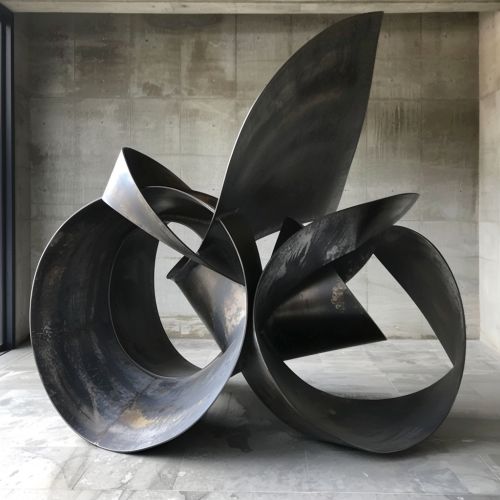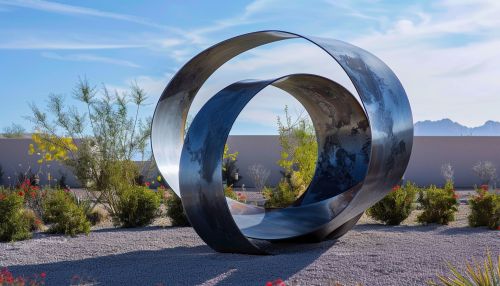History of sculpture
Origins and Ancient Sculpture
The earliest known sculptures date back to the Prehistoric era, when humans began to create three-dimensional forms to represent the world around them. These early works were often made from stone, bone, and clay, and depicted animals, humans, and abstract shapes. The development of sculpture during this period was closely tied to the evolution of human cognition and the ability to conceptualize and represent abstract ideas.
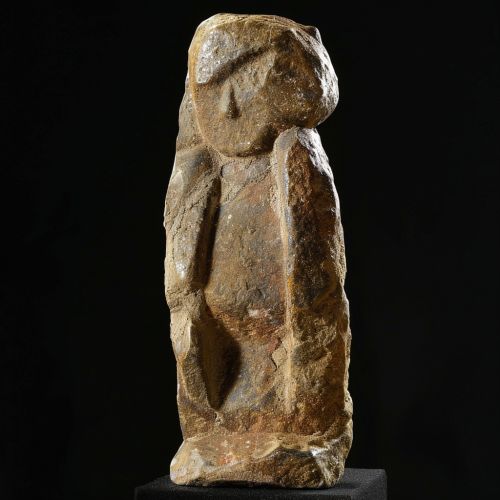
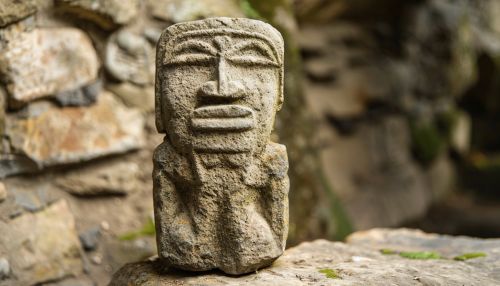
In the ancient civilizations of Egypt, Mesopotamia, and the Indus Valley, sculpture was used to express religious beliefs and to commemorate rulers. The ancient Egyptians created monumental statues of their gods and pharaohs, while the Mesopotamians used sculpture to decorate their temples and palaces. The Indus Valley civilization is known for its small, intricate bronze sculptures.
Classical Sculpture
The classical period in Greece and Rome saw a significant advancement in the art of sculpture. Greek sculptors, in particular, began to move away from rigid, stylized forms and towards more realistic representations of the human body. This period also saw the development of the contrapposto pose, which gave sculptures a sense of dynamism and realism.
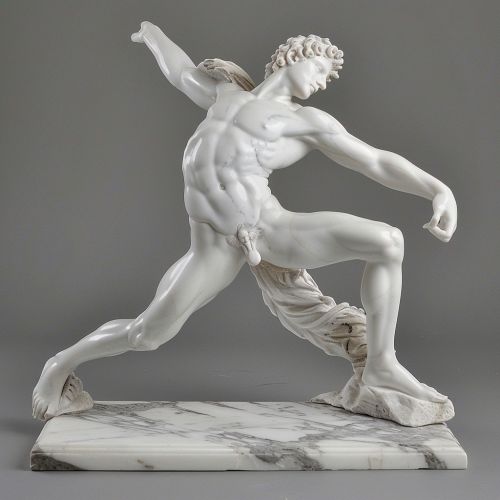
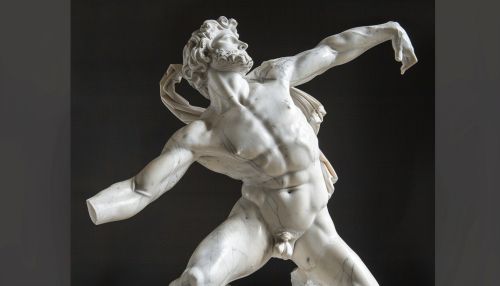
Roman sculpture, while heavily influenced by Greek art, also developed its own unique characteristics. Roman sculptors excelled in creating realistic portraits, and their work in relief sculpture, particularly on triumphal arches and columns, is renowned.
Medieval Sculpture
The Medieval period saw a shift in the purpose and style of sculpture. With the rise of Christianity, sculpture became a medium for religious expression. Churches and cathedrals were adorned with sculptures of saints, angels, and biblical scenes. The style of these sculptures was often more stylized and less naturalistic than in the classical period, reflecting the spiritual focus of the era.
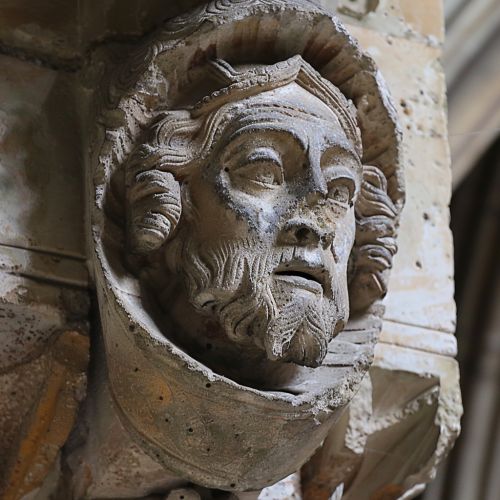

Renaissance Sculpture
The Renaissance brought a renewed interest in classical art and a return to naturalism in sculpture. Artists like Michelangelo and Donatello created sculptures that were incredibly lifelike and full of emotion. The period also saw the development of new techniques, such as the use of perspective in relief sculpture.

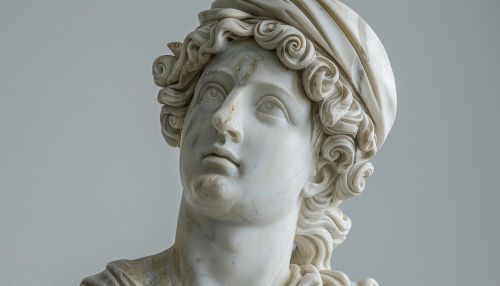
Modern and Contemporary Sculpture
The modern and contemporary periods have seen a great diversification in the materials, techniques, and purposes of sculpture. Artists have experimented with new materials like steel, plastic, and glass, and have created works that challenge traditional notions of form and function.
